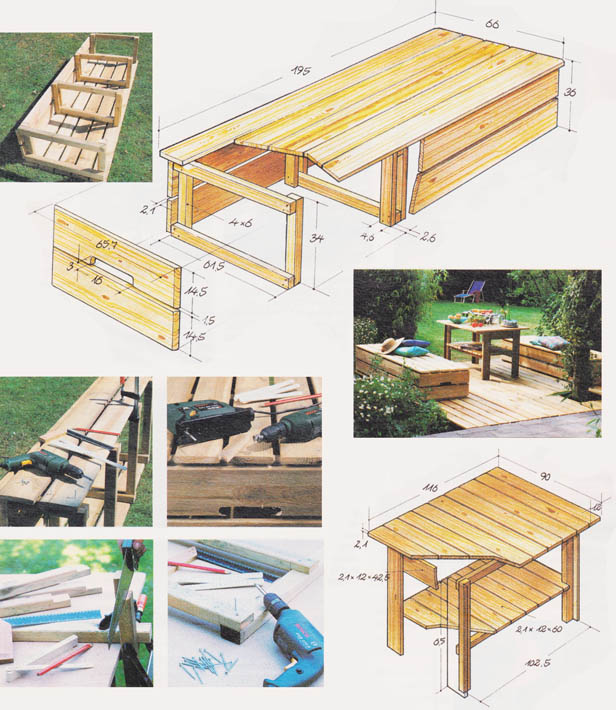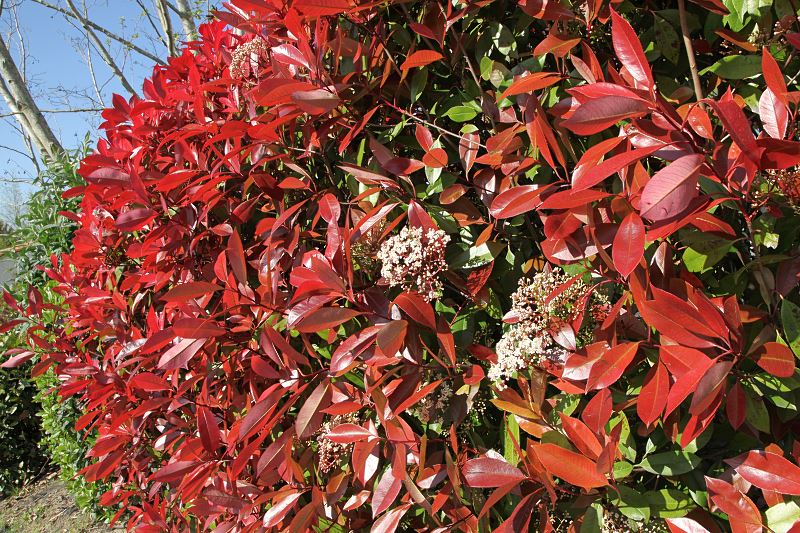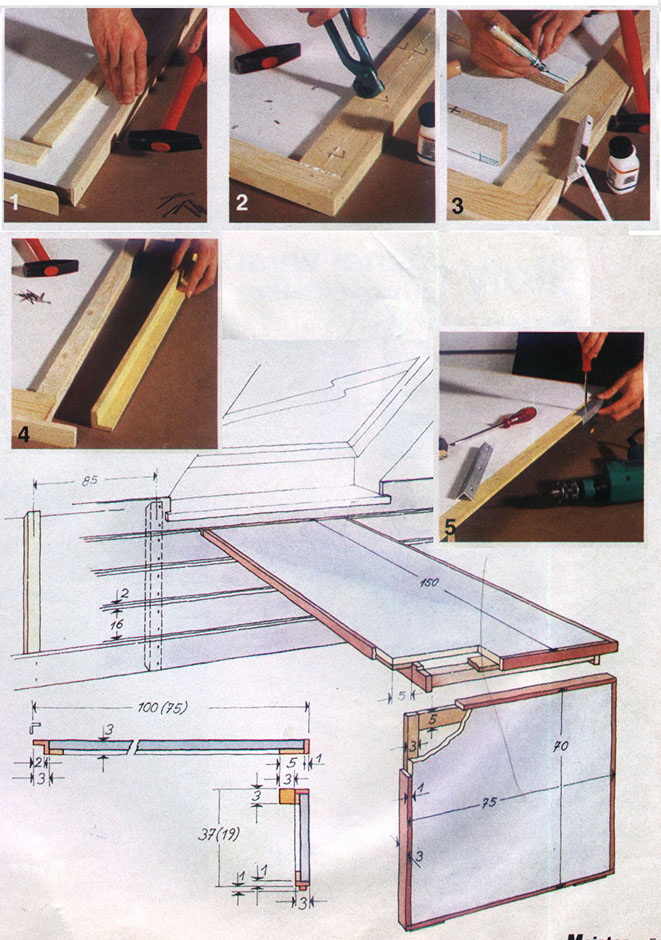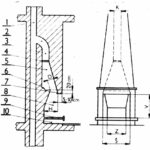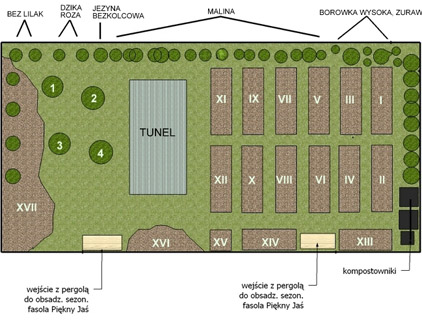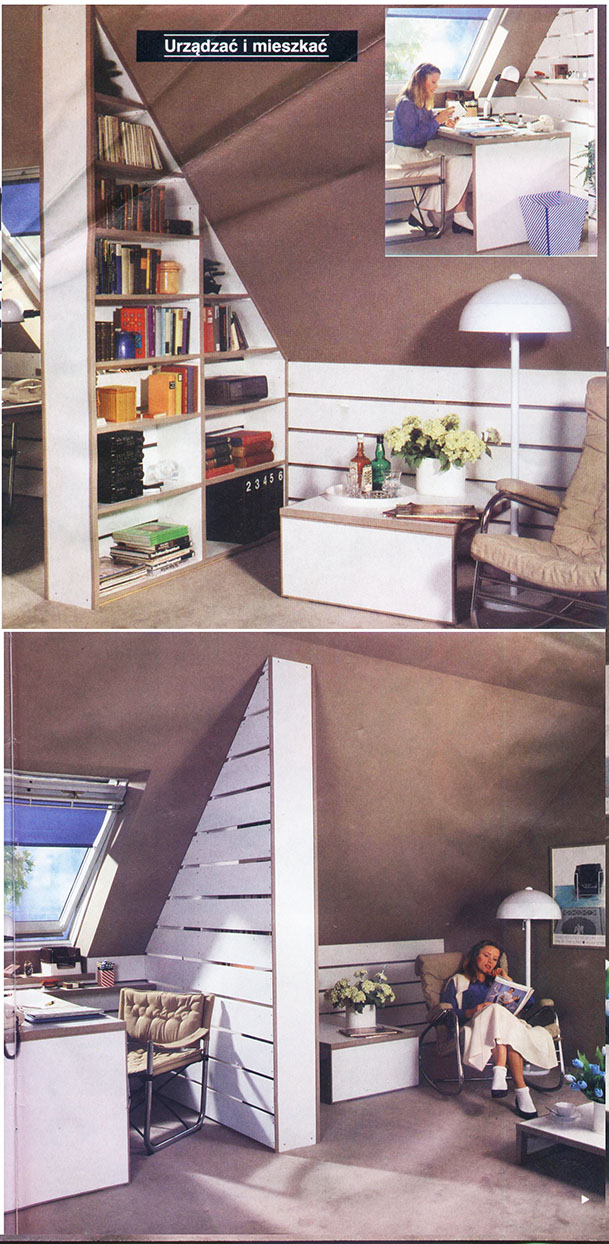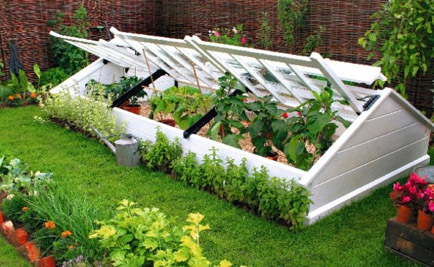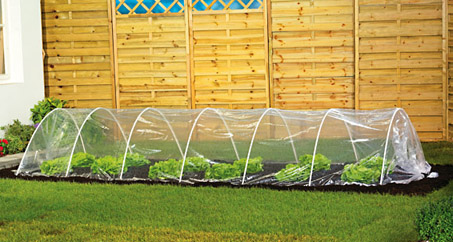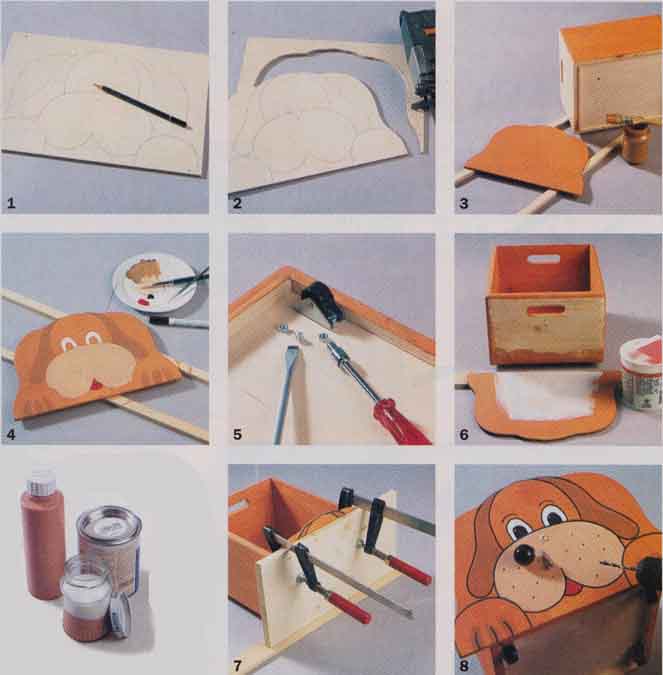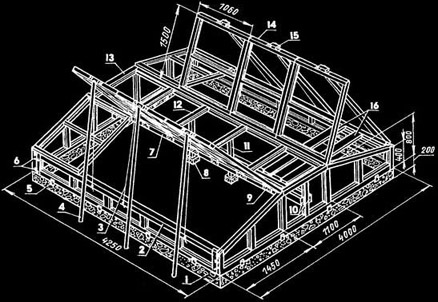 Skrzynię inspektową wykonuje się z desek grubości 38 mm (1,5 cala). Szerokość skrzyni jest równa długości używanego do jej nakrywania okna inspektowego, a jej długość wynosi 4…6 szerokości okna. Wysokość ścian ustala się w zależności od planowanej uprawy, np. do produkcji rozsady pomidorów potrzebna jest wys. 40 cm, a dla innych gatunków może być mniejsza. Północny bok skrzyni powinien być wyższy od południowego o 10 cm, co daje niezbędny kąt nachylenia okna. Narożniki skrzyni są wzmocnione słupkami z przeciętej ukośnie kantówki o wymiarach 10×10 cm. Dłuższe boki są połączone poprzeczkami o wymiarach 4×6 cm, wpuszczonymi na tzw. wczepy jaskółcze, płasko, w kanty ścian skrzyni. Na południowej ścianie przybija się listwy, zapobiegające zsuwaniu się okien.
Skrzynię inspektową wykonuje się z desek grubości 38 mm (1,5 cala). Szerokość skrzyni jest równa długości używanego do jej nakrywania okna inspektowego, a jej długość wynosi 4…6 szerokości okna. Wysokość ścian ustala się w zależności od planowanej uprawy, np. do produkcji rozsady pomidorów potrzebna jest wys. 40 cm, a dla innych gatunków może być mniejsza. Północny bok skrzyni powinien być wyższy od południowego o 10 cm, co daje niezbędny kąt nachylenia okna. Narożniki skrzyni są wzmocnione słupkami z przeciętej ukośnie kantówki o wymiarach 10×10 cm. Dłuższe boki są połączone poprzeczkami o wymiarach 4×6 cm, wpuszczonymi na tzw. wczepy jaskółcze, płasko, w kanty ścian skrzyni. Na południowej ścianie przybija się listwy, zapobiegające zsuwaniu się okien.
Skrzynię inspektową można ułożyć z bel słomy prasowanej, jakie otrzymuje się przy mechanicznym zbiorze zbóż. Potrzeba 14 bel 100 x 25 x 35 cm. Ściany szczytowe stanowią dwie bele ciasno przylegające do siebie krótszymi bokami. Prostopadle do nich układa się ściany boczne, po 5 bel z każdej strony. Powstały inspekt ma wewnętrzne wymiary 130 x 500 cm. Nakrywa się go oknami lub ramą obciągniętą folią tak, aby tworzyła dwie warstwy, z pustą przestrzenią w środku. Inspektu nie trzeba obkładać materiałem grzejnym. Jesienią wykłada się go folią i wykorzystuje do przechowywania warzyw korzeniowych, kapusty i cebuli.
Najczęściej używanym oknem jest okno znormalizowane o wymiarach 100 x 150 cm, oszklone szkłem grubości 2…3 mm. Szyby wielkości 30 x 50 cm ułożone są po trzy w trzech rzędach, a więc okno ma dwie szczebliny. Nieco lepsze jest okno zmodyfikowane, o jednej szczeblinie i czterech szybach. O ile poprzedni typ okna wymaga kitowania, to szyby w oknie zmodyfikowanym można wsuwać w rowki ramy i szczeblin. W skład wyposażenia inspektu wchodzą wietrzniki do podpierania okien w czasie wietrzenia, maty ze słomy żytniej o wymiarach 120 x 190 cm do nakrywania okien i cieniówka z papieru, płótna, trzciny lub cienkich listewek połączonych sznurkiem, służąca do zasłaniania inspektu w czasie silnego nasłonecznienia.

